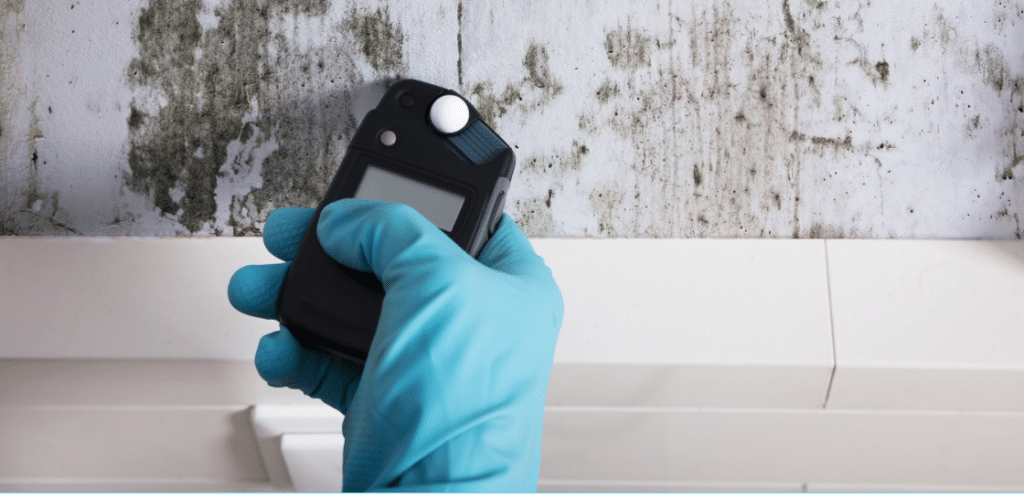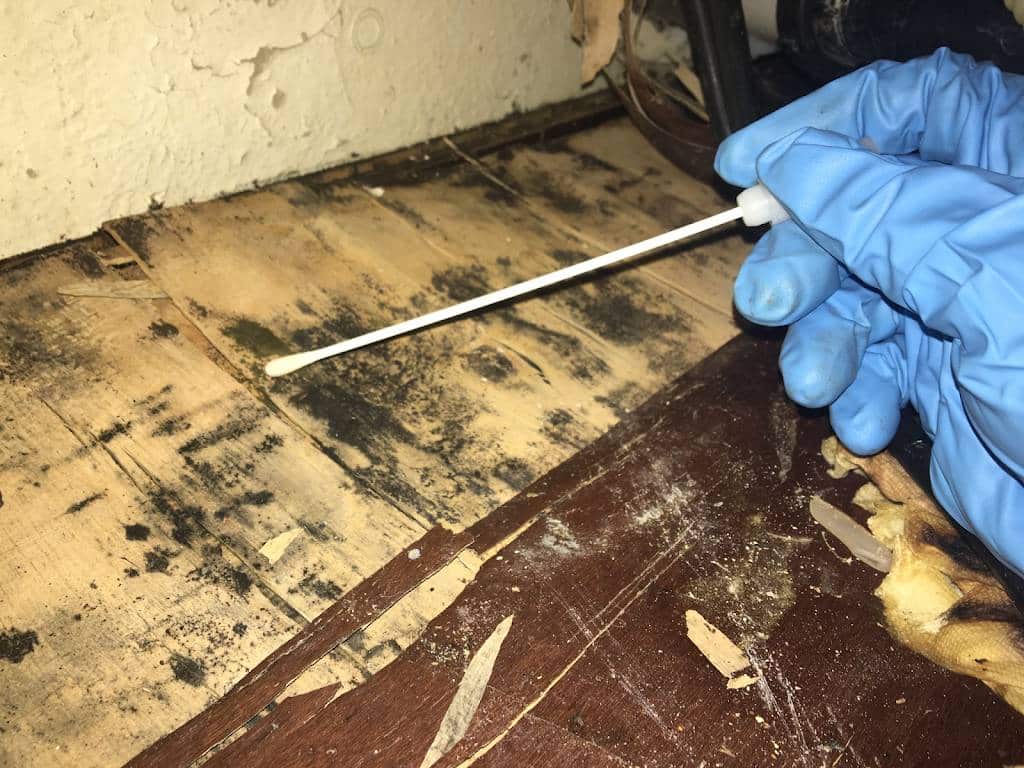Accessing Neighborhood Post Remediation Mold Testing Near Me
Effective Article Mold Remediation Solutions for Your Home
Mold and mildew growth in homes can be a persistent problem, usually calling for a methodical strategy for reliable post-remediation services. From understanding the aspects that add to mold and mildew development to executing correct cleansing strategies and wetness control measures, the procedure can be intricate yet crucial for preserving a healthy living environment. After mold remediation.
Understanding Mold Development Factors
Mold growth is influenced by a selection of variables that are crucial to understand in order to effectively attend to and avoid its spreading. Recognizing these factors is essential in applying successful mold remediation methods. The main factor contributing to mold growth is dampness. Mold and mildew spores call for moisture to prosper and germinate, making moist or moist environments highly at risk to mold invasions. Poor air flow can likewise lead to moisture buildup, creating a suitable breeding place for mold and mildew.

Moreover, air flow and light direct exposure can impact mold development. Areas that lack appropriate ventilation and natural light are extra vulnerable to mold growth. By resolving these factors comprehensively, individuals can successfully reduce mold and mildew development and protect their living environments.
Proper Mold And Mildew Cleansing Strategies
Making use of effective cleansing methods is essential in protecting against the recurrence and addressing of mold contamination in interior environments. When handling mold and mildew, it is crucial to prioritize safety and security by wearing protective equipment such as goggles, handwear covers, and masks. The primary step in correct mold and mildew cleaning is to have the afflicted location to avoid the spread of spores to uncontaminated areas. This can be achieved by securing off the area and utilizing air scrubbers or adverse air machines to maintain air top quality.

Applying Wetness Control Actions
To efficiently stop mold and mildew growth and contamination in indoor atmospheres, applying moisture control steps is vital. Wetness is the key element that fuels mold advancement, making it crucial to manage humidity degrees within the home. One reliable action is to use dehumidifiers to maintain indoor humidity levels listed below 60%. In addition, ensuring proper ventilation in areas prone to moisture buildup, such as cooking areas and bathrooms, can help reduce the risk of mold growth. Consistently inspecting and repairing any leakages in pipes, roofings, or home windows is additionally crucial in protecting against excess dampness buildup. Utilizing exhaust fans while cooking or showering, and allowing air circulation by keeping furnishings somewhat away from walls can aid in moisture control. In addition, making use of moisture-resistant products in high-humidity areas, such as mold-resistant drywall and paints, can be advantageous. By diligently implementing these dampness control procedures, house owners can successfully lower the possibility of mold recontamination and keep a mold removal video healthy interior environment.
Utilizing All-natural Remediation Solutions
After efficiently carrying out wetness control steps to prevent mold and mildew development in interior settings, house owners can now check out the effectiveness of all-natural removal options in preserving a healthy living space. All-natural remediation solutions make use of ecologically friendly approaches to deal with mold and mold, making them a preferred choice for those looking for non-toxic choices. By including these natural removal services right into their cleansing routines, homeowners can efficiently combat mold and mildew growth while advertising a healthier interior environment for themselves and their family members.

Maintaining a Mold-Free Setting
On a regular basis checking locations susceptible to mold growth, such as washrooms, kitchen areas, attics, and cellars, is critical. Correct ventilation in areas with high moisture levels is also vital to preventing mold development.
Furthermore, keeping sanitation in the home is important for mold avoidance. Keeping interior plants in check and guaranteeing appropriate water drainage in outdoor landscape design can minimize moisture accumulation, reducing the possibility of mold invasions.
Verdict
Finally, it is important to resolve mold growth aspects, utilize correct cleaning strategies, carry out moisture control procedures, utilize all-natural remediation solutions, and keep a mold-free atmosphere in order to effectively take care of post mold and mildew remediation in your house - Post remediation mold testing near me. By following these approaches, you can avoid mold and mildew this link from repeating and make certain a healthy living atmosphere for you and your family members
The primary factor contributing to mold and mildew growth is moisture. Mold and mildew spores call for moisture to flourish and germinate, making moist or wet settings extremely vulnerable to mold infestations.To effectively stop mold and mildew development and contamination in indoor environments, applying wetness control procedures is extremely important. Additionally, guaranteeing appropriate air flow in locations vulnerable to moisture buildup, such as cooking areas and bathrooms, i was reading this can help decrease the danger of mold growth.After efficiently implementing wetness control actions to stop mold and mildew development in interior atmospheres, home owners can currently discover the performance of all-natural removal options in keeping a healthy and balanced living room.